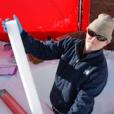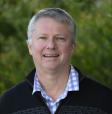
Co-Director - Health Research and Technology

Showing 461 - 480 of 512 results

Charcoal particles from recent bushfires in NSW were carried 50 kilometres by the wind, which has significance for fire history reconstruction.


Deuteration and nuclear techniques can contribute to the science of beauty.

Leena works on the development of new ligand systems for 68Ga and 177Lu.




Role at ANSTO

Frequently Asked Questions on the Macromolecular Crystallography beamlines (MX1 and MX2)

Role at ANSTO
Dr Richard Mole is an instrument scientist co-responsible for the cold-neutron time-of-flight spectrometer PELICAN.
